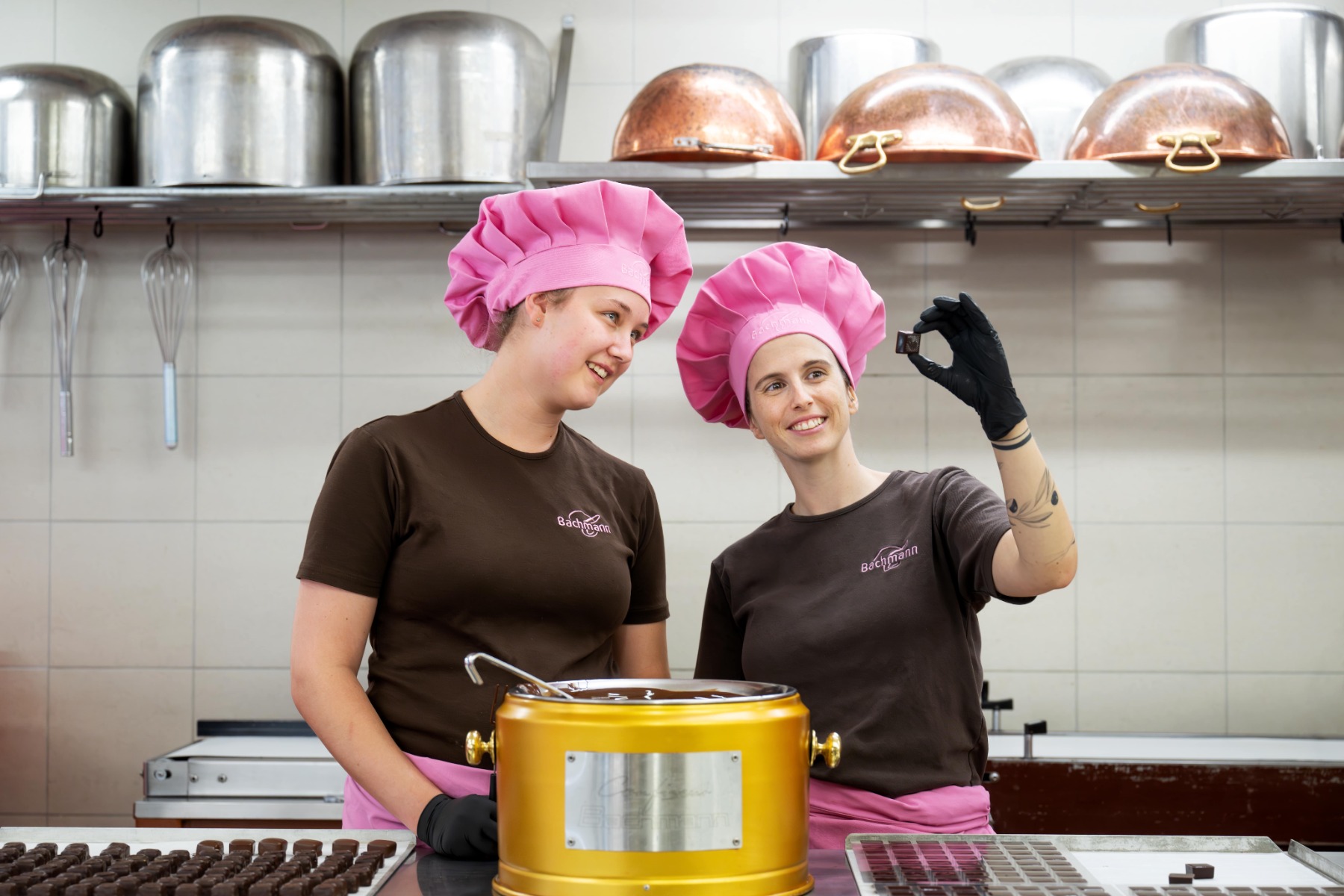Traditionally, bread is made from flour, water, salt and yeast. These four ingredients alone enable such a tasty and essential foodstuff to be produced. Depending on the flour used, it is also possible to alter the bread to create different varieties. Wheat, rye, spelt and many other types of flour can give bread that special something.
Precious wholemeal and gold seedlings
On examining its nutritional values, it is hard to overlook the fact that high-quality bread is low in fat yet contains proteins and complex carbohydrates (slowly absorbable sugar). This is due to the addition of high-quality flour. Well-balanced bread therefore largely depends on the flour used. The higher the percentage of wholemeal, the more nutritional the bread. Bread can also be enhanced with other tasty ingredients such as grains, nuts and fruit.
7 facts about bread
- Bread does not make you fat – bread is not high in calories; it is often toppings such as butter, salami, cheese, etc. that are rich in calories.
- read keeps you full for longer – wholemeal bread contains com-plex carbohydrates and keeps hunger at bay.
- White bread is easy to digest and increases the appetite.
- Bread contains vitamins – the higher the wholemeal content, the more B-group vitamins there are in bread.
- Bread goes soggy in the fridge and should be stored at room temperature.
- It is not fresh, warm bread that causes an upset stomach but eating too quickly.
- No two breads are the same – the quality depends on the baking method and ingredients used.












